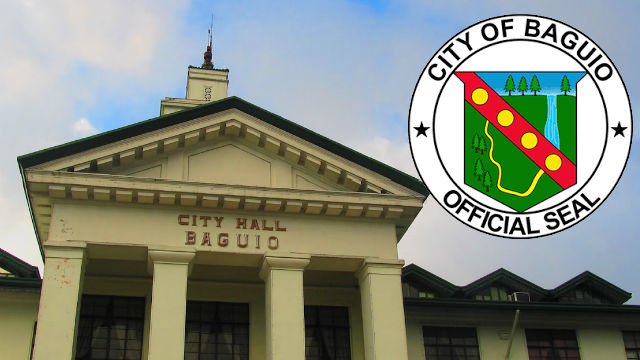These past days, we’ve been hearing a great deal about the level of extremism that’s bringing peoples and governments — including ours — on scary tenterhooks these days, a kind of extremism that has turned us fearful, anxious, and on edge. It’s a global happening in fact, something that we can only wish our leaders would get responsible acts together in dealing with it.
Yet, there’s another extremism we’re seeing swirling all over this dear planet of ours, courtesy of the changing climes, something that leaders everywhere else must accord paramount attention. The changing pattern of climatic events all indicate that Mother Nature is simply exhibiting extreme weather behavior, an aberration that has been going on these recent decades, made manifest by what worldwide we’ve been experiencing.
Just last week right here in our own mountain-bred midst, we have met head-on nature’s fight-back in utterly extreme conditions. Mountain soil above a construction site simply caved in, loosened up by relentless, though weak, rains whipped up by Habagat. That’s two fatalities once more listed up as victims, needless it should be stressed, of climate change-induced weather aberration. Just two, says the report. Yet, in any language, it’s still two too many.
We all realize how archipelagic our country is, how coastal areas are shedding portions of shorelines. We all know that elsewhere, erratic weather patterns have been taking place: expanding subtropical deserts, down-melting arctic glaciers, spawning super storms unlike any other. Locally, we had Sendong and Yolanda inflicting unparalleled damage and devastation to life and property.
Much closer to home, right here in our dear beloved city of Baguio, we have not been spared of the changing climes. Like what happened at Sandico, at the slightest downpour, mountain soil loosens up and in scary minutes cascades down a lethal path; estero banks get whiplashed; erosion takes place in quickening regularity. In recent years, the rainy months have changed course, from the July-August sked to an October-November timeline, enough for our own load of pundits to clamor for a school calendar change.
It’s time to reiterate the need to engage ourselves in a reality check. Why has Mother Earth gone extreme? How did all these weather misbehavior, if we can call it, develop? Surely, geophysical events don’t just grow overnight, or in a matter of weeks, months and year. Scientists have in fact been grimly reminding us that we are where we are now due to our own misbehaving ways, repeatedly and relentlessly done since four centuries ago. We have been producing and ejecting too much concentration of carbon dioxide in the atmosphere, from the combustion of fossil fuel principally coal, oil, natural gas, along with deforestation, soil erosion and animal agriculture.
From man’s own folly, from the motor vehicles we use to the industries we run, we have been profligate much too much, we have simply been polluting our own planet. From our own errant ways, we have caused Mother Nature to be errant in so many bewildering ways, as if in a vengeful act to deal Mankind what it has dealt it through time.
We have been told to reduce dramatically the greenhouse gas emissions into the earth’s atmosphere, to scale down the use of coal-powered engines, to begin using alternative energy sources that are less lethal and toxic to the atmosphere. Individually and collectively, peoples and leaders have long accepted in the Kyoto and Paris accords to do today what should have been done many yesteryears ago: keep Planet Earth liberated from the clutches of fossil fuel or face Doomsday in less than 30 years from now. The bad news is that we’re still far-off the benchmark set worldwide for global heat to simmer down. The good news is we’re still trying.
Governments may have global accords to guide their ways. Leaders may demonstrate resolve in ensuring that nations will abide by iron-clad agreements. But, in the end, it is people — yes, you and I and the rest of all us — who must do its share, even absorbing the most extreme of sacrifices to keep Planet Earth a worthy hand-over for generations next, free enough to act locally as our global response beyond the borders of our self-serving attitudes.
Extremism requires extreme actions and sacrifices. Can our leaders do just that?













